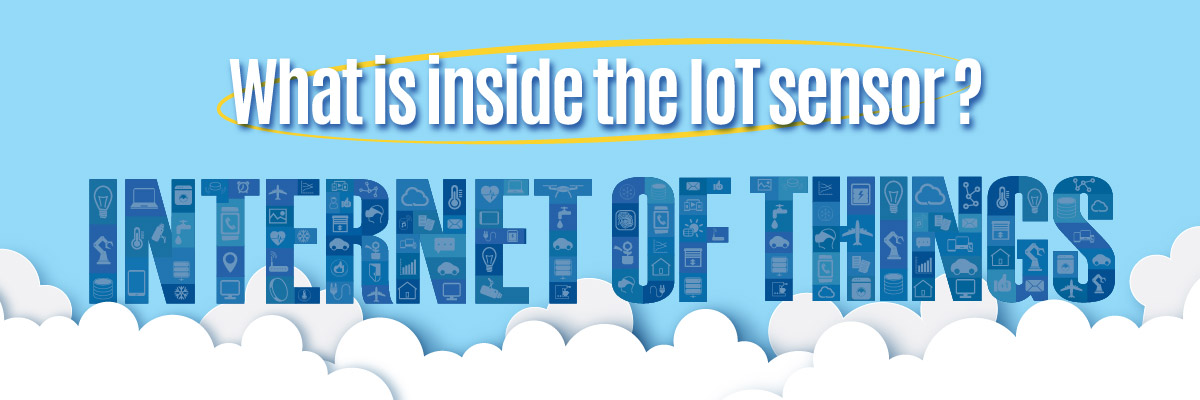

The Internet of Things (IoT) amounts to a stack of technologies around collection of data from a physical environment, connectivity, data platforms and analysis.
Data collection in an IoT context differs from traditional IT in terms of greater volume, velocity and variety. Data is collected in real time and large volumes from numerous sensors. Hot data from real-time sensor readings are best stored in a cloud-based IoT data platform as part of an SaaS model designed to facilitate daily operations and analysis, while warm or cold data – historical sensor readings and records – should be stored in low-cost "data store" systems.
Sensors are generally required to report on factors such as temperature, humidity, water leakage, smoke and motion detection, and an IoT data platform needs to be capable of handling additional flows as sensors are added to capture yet more data to satisfy evolving requirements.
We use the following criteria when selecting IoT sensors:
1. Data collection approach
A data collection plan should be well thought out and optimized to suit actual business needs. For example, placement of sensors and data-sampling rates could be significant considerations. This is because optimal sensor placement is critical to accuracy, while the data-sampling rate could have a bearing on consumption of energy and storage volume, as well as IoT-system operating costs.
2. Battery efficiency
Sensors gather data from the environment and feed it to a platform at regular intervals, thereby having a direct effect on each sensor’s battery life. This is important because onsite battery replacement can be troublesome and pushes up the cost of maintenance. Prolonging battery life is therefore crucial, especially when sensors are placed in less accessible areas.
3. Integration & monitoring
IoT is a business-driven and purpose-built solution, by which raw data from end points needs to be visualized for analysis. Multiple sensor types need to be integrated with ease on a centralized IoT data platform, such that raw data can be co-ordinated and visualized with sufficient flexibility to extend or expand your IoT project to accommodate new tasks. The platform should also monitor status of distributed sensors to check the health of an entire IoT system.
Connectivity is the next stage to consider. This entails optimum carriage of hot data from sensors to an IoT data platform, so the next chapter will examine characteristics and comparisons relating to major IoT protocols.
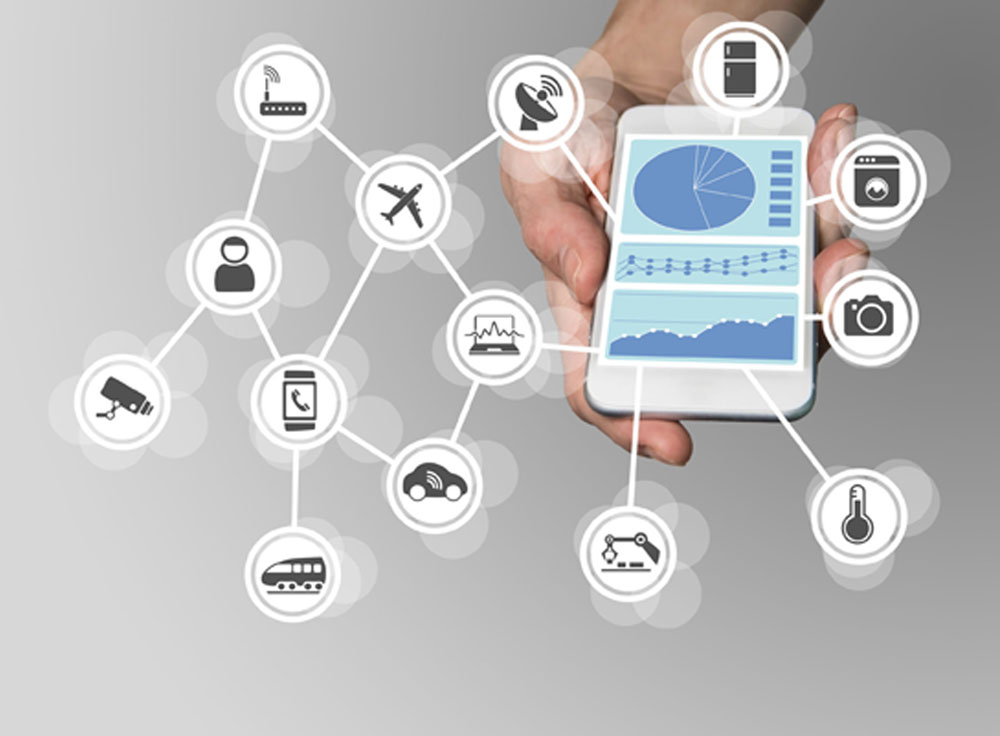
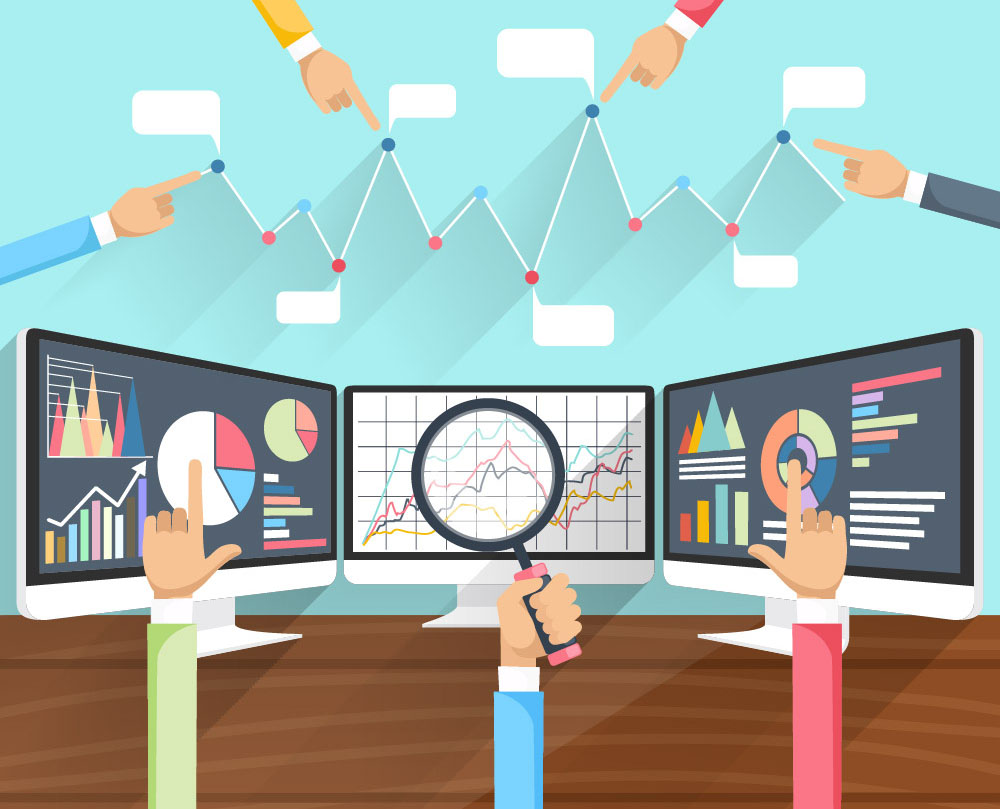
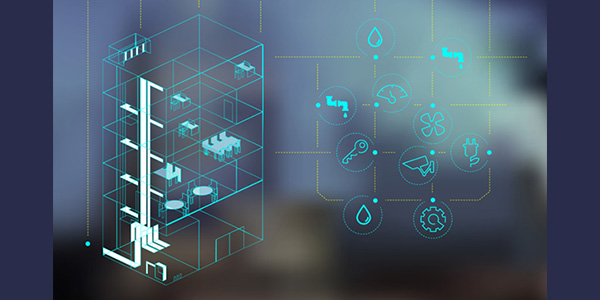
In the coming years, analysts predict that trillions of sensors will be connected worldwide via the internet of things (IoT) delivering countless benefits to business, and society in general. And they all have one thing in common...
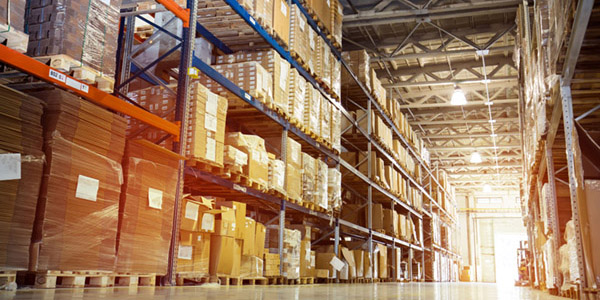
Storing, transporting and looking after delicate products is a business fraught with challenges. We’ve talked to many customers from Food and Beverage (F&B) industry, Fast Moving Consumer Goods (FMCG) sector, and logistics industry...
Read More >>